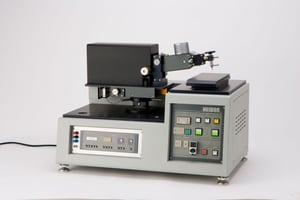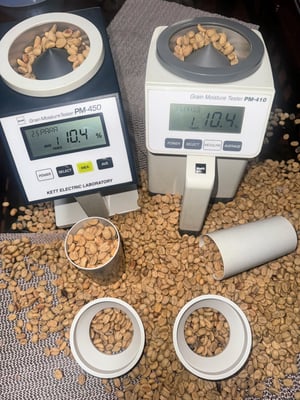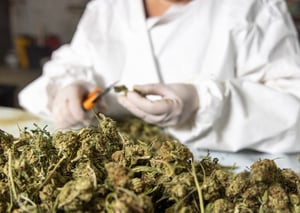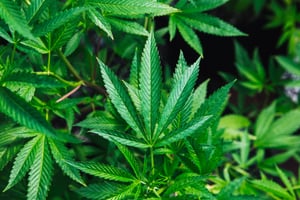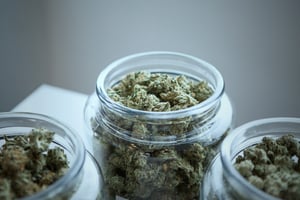Your daily morning cup of coffee may get you up and moving. Still, it also symbolizes the end result of a long growing and processing operation from bean to brew—and a whole industry centered around delivering 1 billion people more than 2.25 billion cups of coffee every day. That calls for a whole lot of coffee beans, meaning coffee farmers stay busy balancing tight profit margins and keeping up with demand.
Moisture Meters: An Essential Tool for Coffee Growing and Processing
Topics: Moisture Meter, Coffee
How To Deduct Over a Million In Taxes By Buying Or Leasing Equipment
Topics: Moisture Meter, Tips
NIR Instruments: How “Instant” Is Instant?
We attended the Institute of Food Technologists’ FIRST Conference in Chicago this year, and it was an opportunity to connect with those across the food and beverage industry to focus on what comes “FIRST”: That is, Food Improved by Research, Science, and Technology.
It aimed to bring together thousands from across the food sector; all focused on bettering the global food system by showcasing the work and insights of the most qualified researchers, entrepreneurs, scientists–and engineers, like our team at Kett.
While Kett’s laboratory-quality instruments serve more than just those in the food industry, one question we repeatedly fielded during this conference was regarding our NIR moisture meters and composition meters and their instant results. The question? Compared to traditional, legacy methods of gauging moisture and composition like the loss-on drying method, just how “instant” is instant?
Topics: Moisture Meter, NIR Analyzer
Coffee Processing: Wet vs. Dry Methods and How Kett Can Help
Coffee is far and away one of the most popular, most beloved beverages across the globe. Connoisseurs of this drink spend years perfecting their knowledge and refining their palates to appreciate the unique flavor profile of each blend, origin, source point, and roast type.
Topics: Moisture Meter
The Hidden Costs of Neglecting Efficiency in 'Commodity' Industries
In many industries, businesses operate under the belief that they are merely selling commodities—generic products where price competition is fierce and margins are thin. This mindset often leads to cost-cutting measures, particularly in areas like safety and maintenance, under the assumption that such expenses harm the bottom line. However, this approach overlooks a critical factor: efficiency is not just a cost center, it's a significant driver of profitability, even—or especially—in commodity-driven sectors.
Topics: Moisture Meter, Composition Analyzer
From Beans to Business: Mastering Coffee Roasting with Kett Test Instrumentation
Topics: Moisture Meter, Coffee
Moisture Content, Moisture Meters and Hemp Biomass
From 2018 through 2023, the hemp industry is projected to grow by $3.8 billion, with a key driver for this growth being hemp’s usefulness to the textiles industry—making hemp biomass more sought after than ever before.
Topics: Moisture Meter, Cannabis Industry
Maintaining Safe Crop Processing and Storage Conditions
"Grain bin fires rarely occur, but they can happen when conditions include high humidity and wet grain, and farmers try to rush the dryer. Fires can be caused by poor housekeeping of the bins, failure to clean beneath floors, poorly maintained burners and other equipment, and operating the burners at too high a temperature in an attempt to dry grain faster.” -Herb Wilcutt, Safety Specialist, Mississippi State University Extension Service
Topics: Moisture Meter
Finding the Right Test Equipment for Medical Hemp Growing and Processing
Medical hemp usage is a trend that doesn’t seem to be going away. According to a Gallup poll, 14% of Americans say they use CBD and hemp products, with 40% using it for pain relief, 20% for anxiety, and 11% to aid in sleep.
Topics: Moisture Meter, Cannabis Industry
The Role Moisture Meters Play in the Cannabis Industry
There’s no question that the cannabis industry is booming. A total of 33 states have made marijuana legal for medical purposes, and 20 states have legalized cannabis for recreational use in adults.
Topics: Moisture Meter, Cannabis Industry

